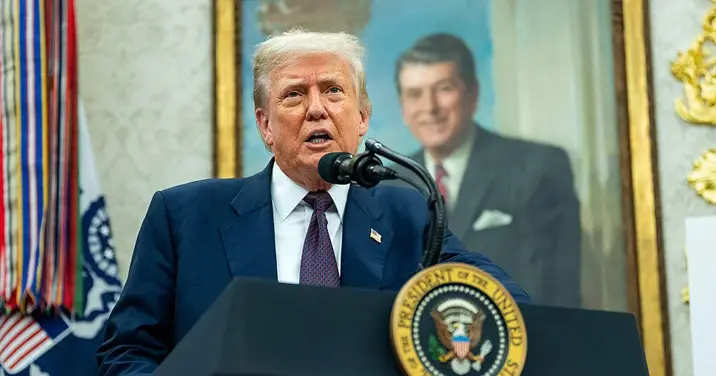T4K3.news
New step in plastics treaty talks
Art installation outside the UN highlights ongoing negotiations to end plastic pollution as talks enter a critical week.
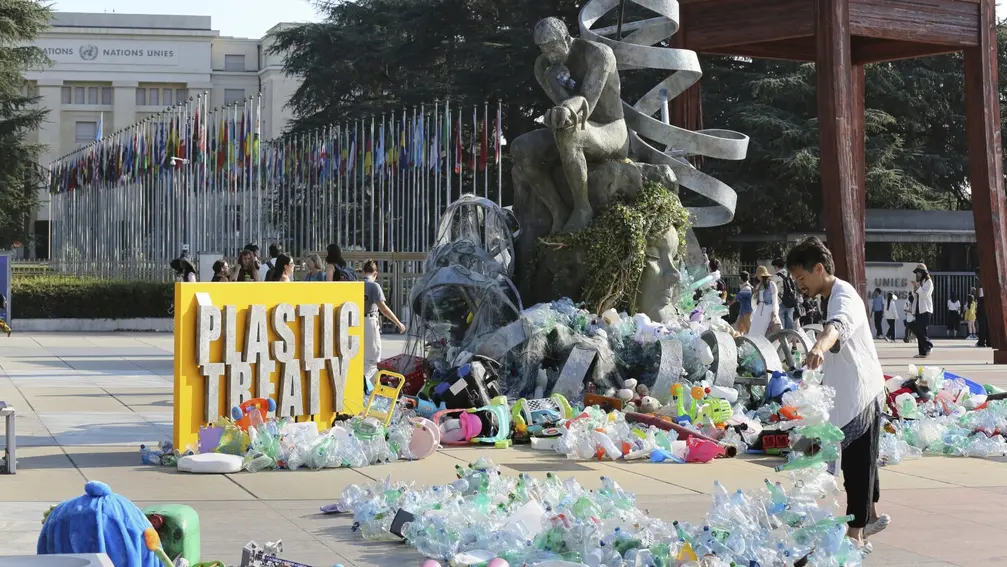
A public art installation outside the United Nations in Geneva highlights a second week of negotiations to curb plastic pollution while lawmakers push for a binding global treaty.
Art as a catalyst in global plastics treaty talks
GENEVA — The second week of negotiations toward a global plastics pollution treaty opened with a public art display outside the United Nations office. Canadian artist Benjamin Von Wong built a nearly six-meter sculpture called Thinker’s Burden, inspired by Rodin, showing a figure perched on Mother Earth and cradling a baby while a DNA strand winds through plastic bottles. With volunteers, Von Wong plans to add more plastic waste through the talks to reflect the mounting cost of inaction. He climbed a ladder to weave bottles through the sculpture’s DNA and placed a plastic toy car among the trash, signaling the scale of the challenge.
Around 3,700 participants from 184 countries and more than 600 organizations are in Geneva to craft the first binding treaty on plastics pollution. The Minderoo Foundation is the largest donor for the project, while local nonprofits collected the waste. Delegates and visitors paused to view the installation, and some called it a powerful reminder of what is at stake. European Environment Commissioner Jessika Roswall urged faster progress, while UN Environment Programme Executive Director Inger Andersen said a breakthrough remains possible and that the window to strike a treaty is still open.
Key Takeaways
"People don’t change their minds because of facts. They do because of feelings."
Maria Ivanova on the role of art in policy
"By the end of this week, we should have a sculpture almost completely drowned in plastics."
Benjamin Von Wong on the sculpture progress
"This is within grasp."
Inger Andersen on treaty prospects
Art can magnify a complex policy fight by making the consequences tangible. The sculpture places the abstract idea of a treaty into a personal frame—pollution as a living burden on health and future generations. Yet there is a caveat: public attention is a tool that can fade as negotiations stall. Real progress now depends on concrete commitments, including budgets and political support from diverse states. The interplay of philanthropy, civil society, and state interests will shape the treaty’s terms and the speed at which a legally binding deal emerges.
Highlights
- Art can wake policy faster than numbers
- A sculpture drowned in plastics signals the cost of inaction
- Feelings move policy as much as facts
- Time to get results in Geneva
Budget and political risk in plastics treaty talks
The negotiations hinge on funding levels, political support from member states, and potential public backlash. If budgets tighten or backlash grows, progress could stall even with public momentum.
History will judge whether this week’s momentum translates into a durable, enforceable treaty.
Enjoyed this? Let your friends know!
Related News
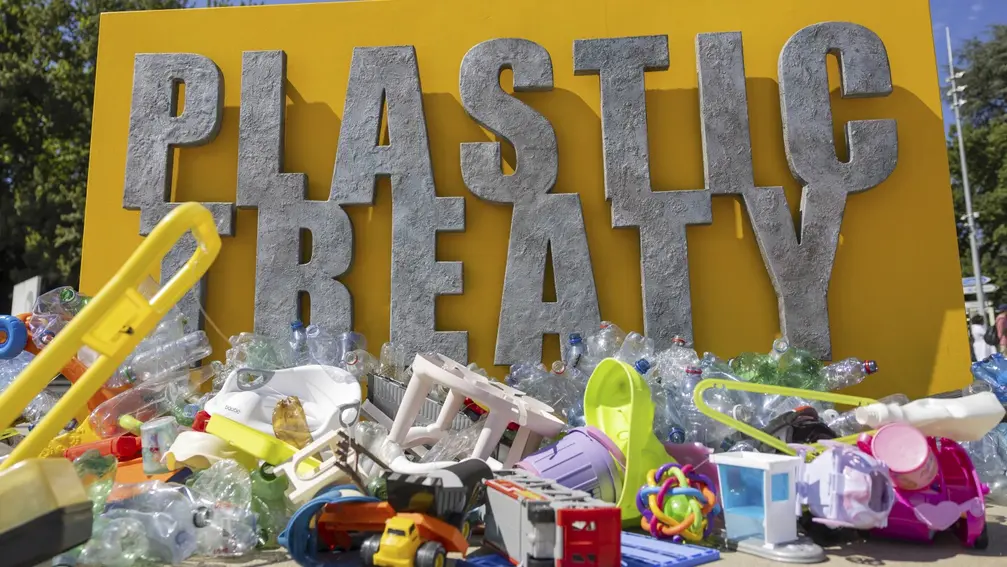
US stance at plastic talks sparks debate
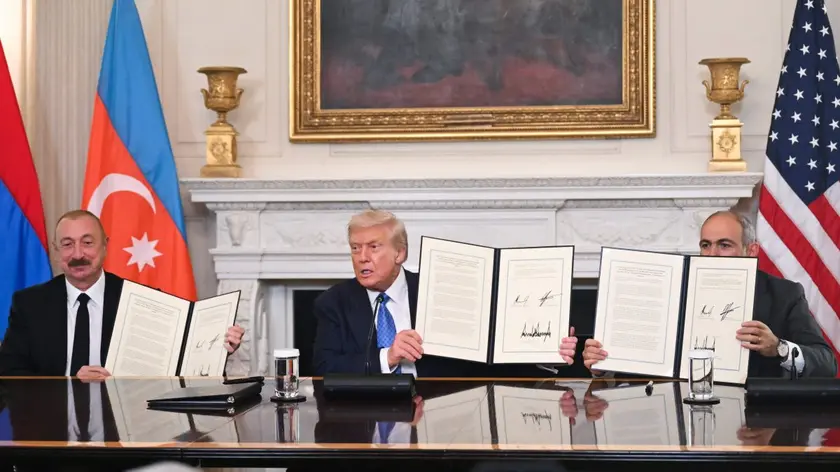
Armenia signals new chance for Türkiye ties
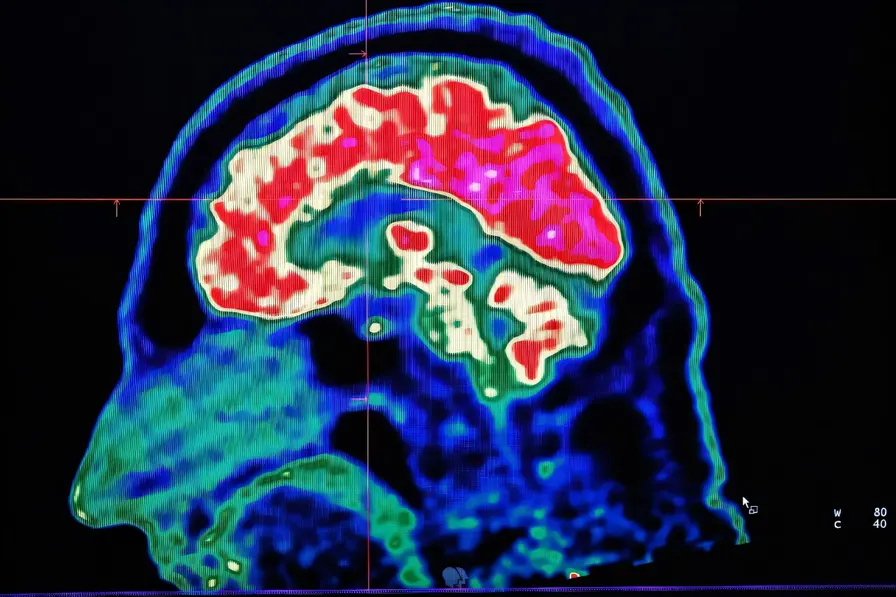
Microplastics detected in human brains

UK mandates new online safety regulations
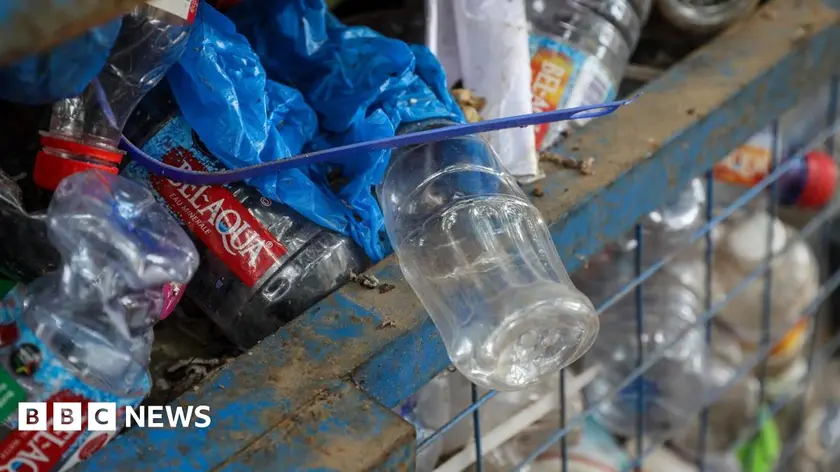
Nations set to negotiate global plastic treaty

Health impacts from plastics exceed $1.5 trillion annually
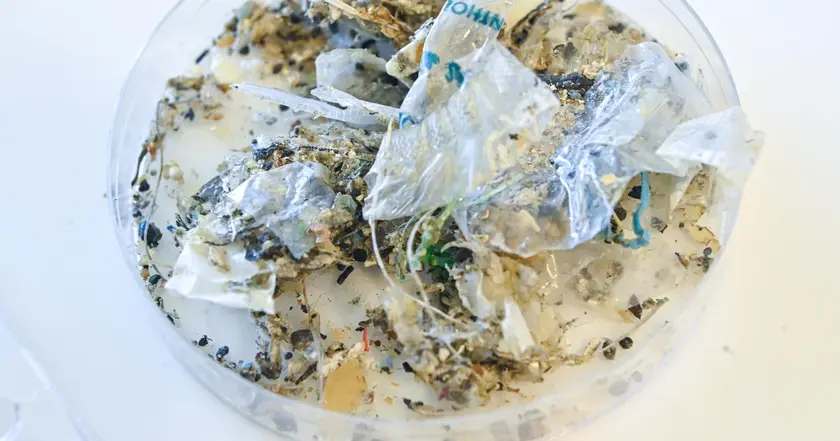
Plastic pollution costs $1.5 trillion annually
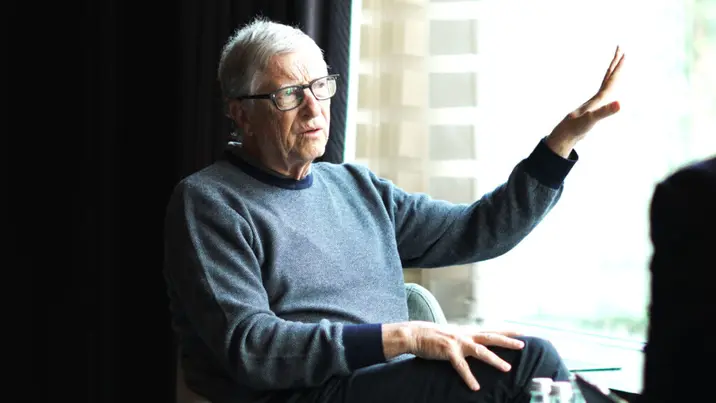
Gates Foundation announces $2.5 billion investment in women's health
